Sotho‑Tswana folk music is the traditional music of the Sotho (Basotho, including Northern Sotho/Sepedi) and Tswana (Batswana) peoples of Southern Africa. It centers on communal singing, call‑and‑response, polyrhythmic clapping, and dance.
Characteristic timbres come from indigenous instruments such as the lesiba (a mouth‑resonated string and flute‑like overtone instrument), the segaba/segankuru (one‑string bowed lute), reed‑pipe ensembles (dinaka among Northern Sotho), whistles and horns, leg‑rattles (phathisi) and hand percussion. Vocal textures range from solo lead with group refrains to rich parallel harmonies, drones, and antiphony.
The repertoire includes praise poetry (lithoko/diboko), herding and work songs, initiation and wedding music, and energetic dance genres like mokorotlo and mokhibo (Basotho), and setapa/borankana/phathisi (Tswana). Modern variants sometimes add concertina/accordion (notably in famo), acoustic guitar, and light percussion while retaining cyclic grooves and vernacular lyrics in Sesotho/Sepedi/Setswana.
Sotho‑Tswana musical practices long predate the colonial era. Herding calls, hunting signals, praise poetry, and communal dances formed an everyday sound world built on call‑and‑response, cyclic ostinatos, and embodied rhythm (stamping, clapping, and leg‑rattles). Instruments such as the lesiba (Basotho) and segaba/segankuru (Tswana) supplied distinctive overtone‑rich textures, while reed‑pipe (dinaka) ensembles among Northern Sotho created hocketed melodies.
Missionization and schooling in the 19th century introduced hymnody and choral part‑singing (makwaya), which blended with local scales, phrasing, and performance practice. Urban migration and mine compounds in the 20th century facilitated cross‑ethnic exchange and professionalization. In Lesotho and Sotho communities in South Africa, the concertina/accordion‑driven dance style famo crystallized from earlier song‑dance cycles and tavern performance, while in Botswana, competitive troupe traditions and social dances like setapa, borankana, and phathisi became emblematic of national identity after independence.
State festivals, radio, and cultural competitions in Botswana, and festivals such as the Morija Arts & Cultural Festival in Lesotho, helped formalize stage presentations. Contemporary artists modernize arrangements with guitar, bass, and drum kit, or fuse the idiom with gospel, choral, and popular styles while preserving core features: cyclic grooves, vernacular poetry, and participatory dance. Archival and community projects now work to document regional variants (Basotho, Northern Sotho/Sepedi, and Tswana) and sustain transmission to younger generations.

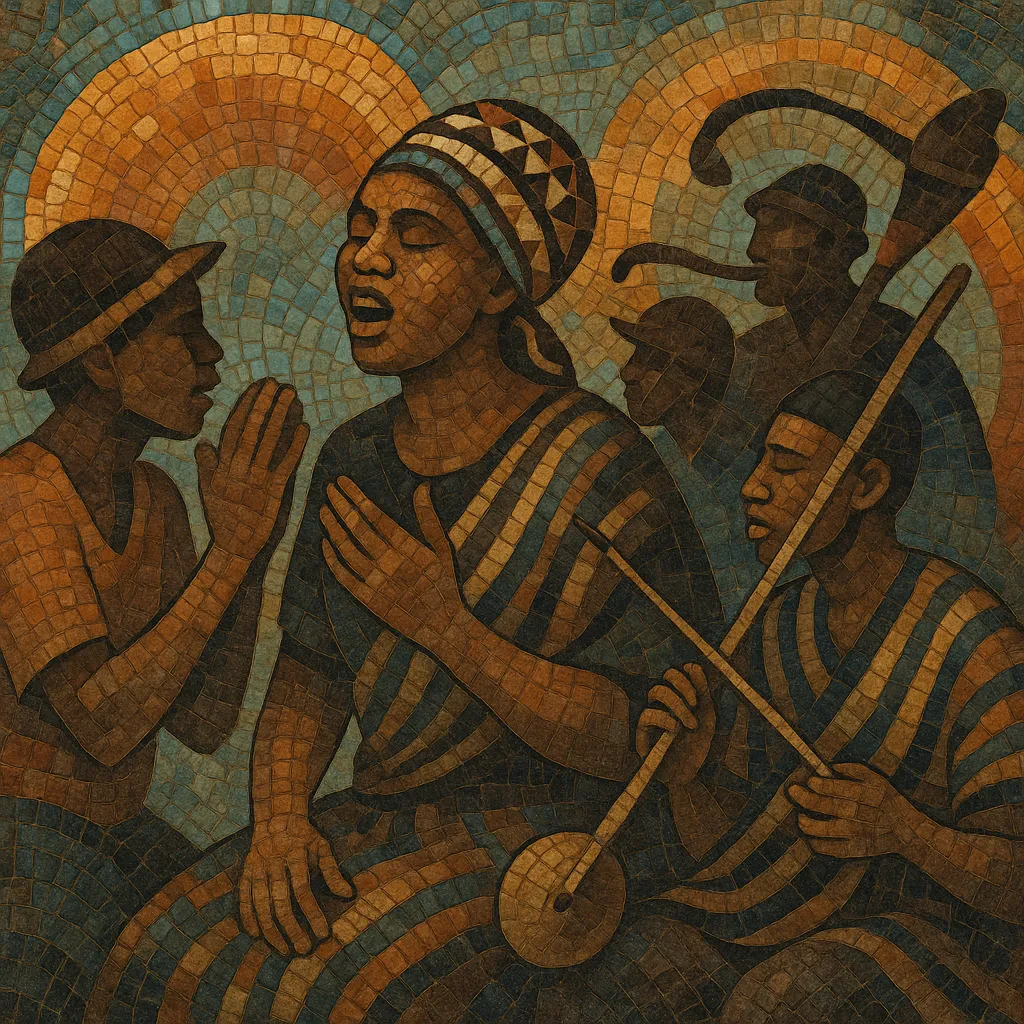
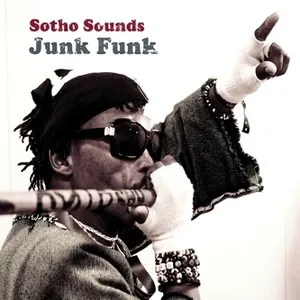
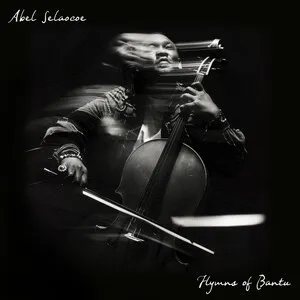
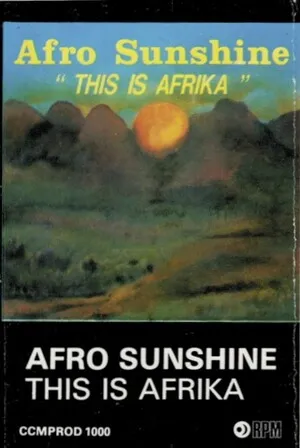
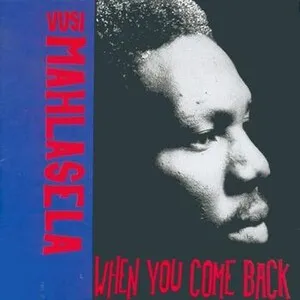
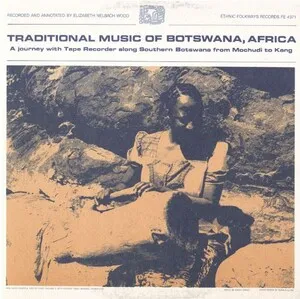
%2C%20Cover%20art.webp)
